In the late 18th century, as astronomers first got some accurate distances to the various planets in the Solar System they noticed a wide gap in the space between Mars and Jupiter. Then during the first half of the 19th century a large number of smaller bodies, now called asteroids were discovered and the idea of an asteroid ‘belt’ between Mars and Jupiter where the chunks of a failed planet orbited the Sun was developed.

Basically the idea was that the gravity of nearby Jupiter, the most massive of all the planets caused so many perturbations in the orbits of the asteroids that they never succeeded in merging into a single body. Today we know of the existence of hundreds of bodies in the asteroid belt.
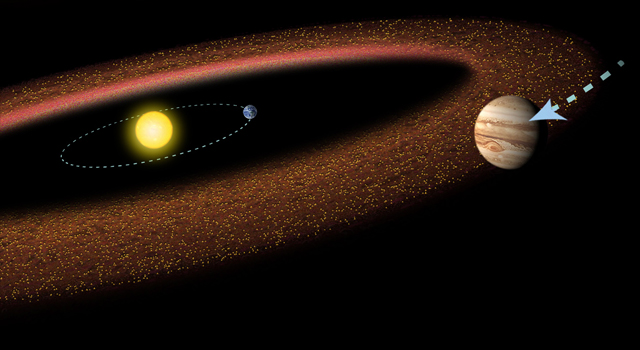
The sixteenth of those asteroids to be discovered was named 16 Psyche and yes the 16 refers to it being the sixteenth asteroid discovered. Psyche has recently garnered a considerable amount of attention because the latest estimate of the asteroid’s density, released in 2019, put it at a rather high value of 3.99+0.26 g.cm3. Because of its high density planetary physicists have suggested that 16 Psyche may in fact be the remains of the core of that failed planet that Jupiter prevented from coming together.
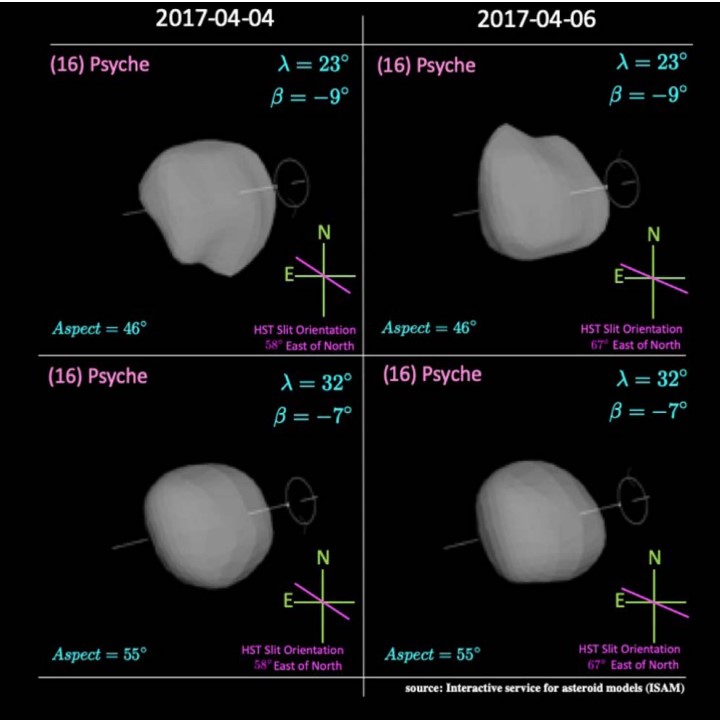
Now that density is far too high for the asteroid to be composed primarily of silicates like the Earth’s crust is. Psyche must be mainly, an estimated 95%, composed of metals like iron, nickel and cobalt, with perhaps even some gold, silver and copper mixed in. With all of those valuable minerals in a ball about 200km across, giving the asteroid a mass of 2.4×1019 kg, the potential value of 16 Psyche could be as high as $10,000 Quadrillion USD using current commodities prices. Before you go grab your pick ax and shovel and try to stake a claim however remember 16 Psyche never comes closer to Earth than 225 million kilometers so getting there, and getting you and your ore back to Earth, might make the whole enterprise a loosing proposition.
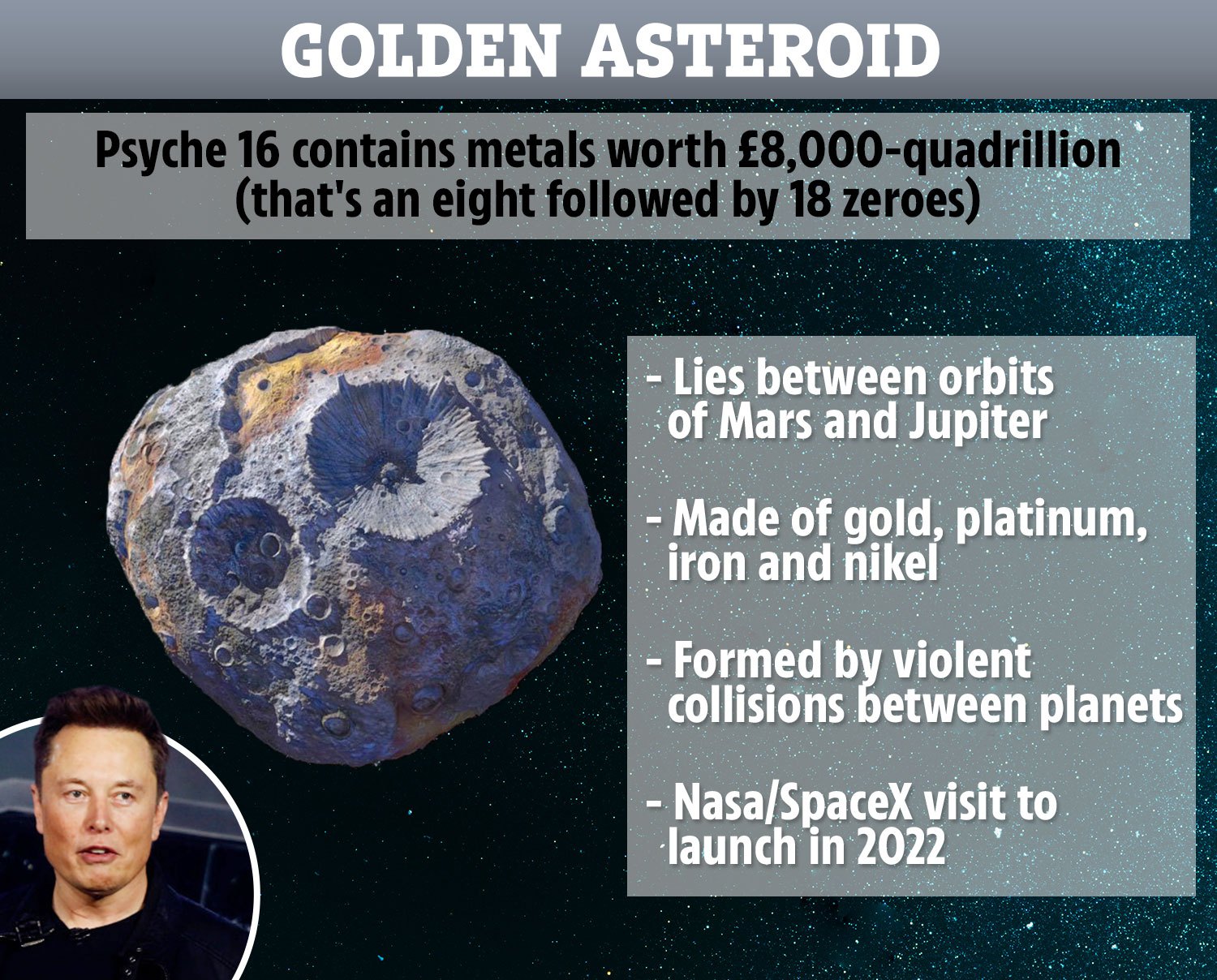
By the way, all this talk about valuable metals on 16 Psyche reminds me of a short story by the British astronomer Fred Hoyle from back in the 60’s called ‘Element 79’. Now back when the story was written the UK was still suffering from the debt it had accrued fighting the Nazis in world war two when it gets struck by a fairly large meteorite. The impact occurs in the Scottish Highlands, which helps to minimize the loss of life. And the damage done by the impact is soon forgotten because the meteor is mainly composed of element 79, that’s gold to any of you who don’t have access to a periodic table of the elements. The mass of the meteor was about 300 billion kilograms, more than all the gold in all the world’s bank vaults and quickly made the UK the world’s richest nation.

Interesting story if you can find it but getting back to 16 Psyche a recent paper by undergraduate student David Cantillo at the University of Arizona concludes that the asteroid is actually only about 85% metal, the rest carbonaceous chondrite type material. Cantillo also concludes that structurally the asteroid is not a solid object but little more than a pile of rubble held together by gravity. Still an asteroid that is 85% valuable metals would be very interesting, from a business point of view.
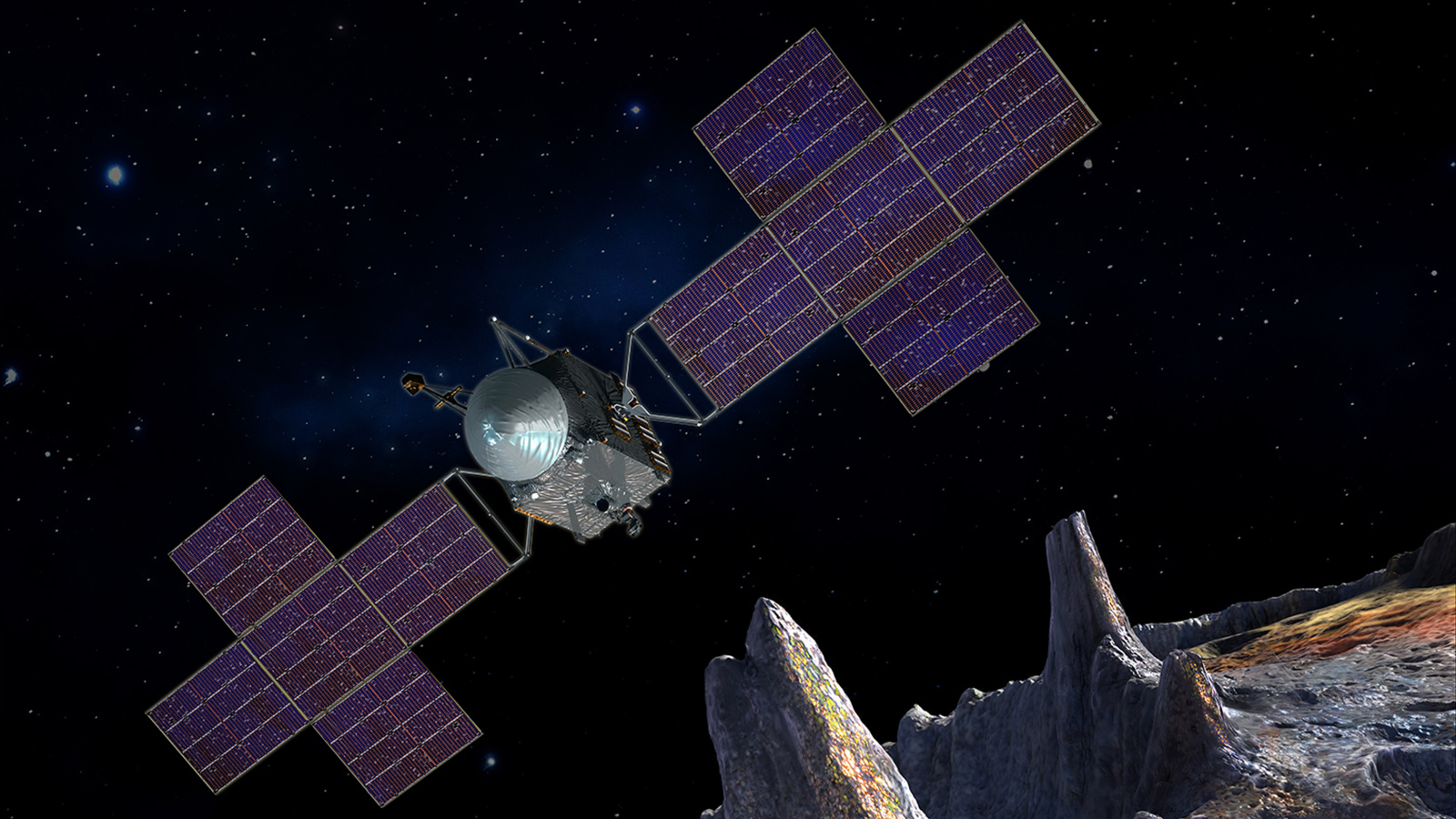
Which view of 16 Psyche is correct we may know in just a few years because NASA is currently building a robotic space probe to visit and survey the asteroid. The probe is being funded as a part of NASA’s Discovery Program and is scheduled to be launched aboard a Space X Falcon Heavy Rocket in July of 2022, just a year from now. After getting a gravity boost from Mars the probe will reach 16 Psyche in 2026 and will orbit and survey the asteroid for at least 20 months.
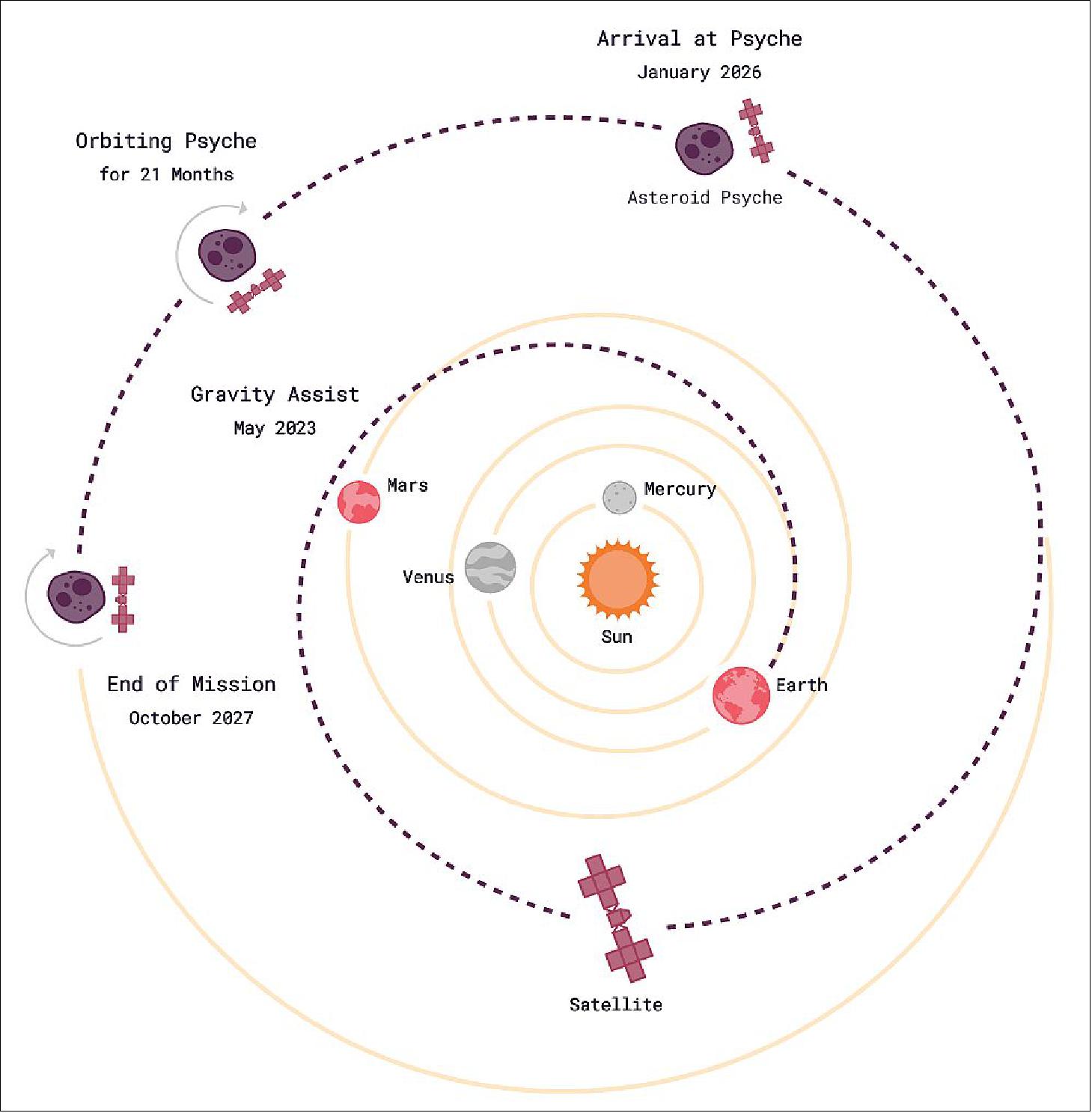
Let’s imagine just for a minute that the probe reaches 16 Psyche and discovers that the asteroid is absolutely teeming with valuable metals, even deposits of gold are observed right on the surface. And if the asteroid is just a pile of rubble as Mister Cantillo thinks that would actually make it easier to mine. Just grab a shovel and start hefting gold into your spaceship’s cargo bay. And since the gravity of an asteroid like 16 Psyche is so low you won’t have to worry much about landing and taking off on the asteroid, just get to the asteroid belt!

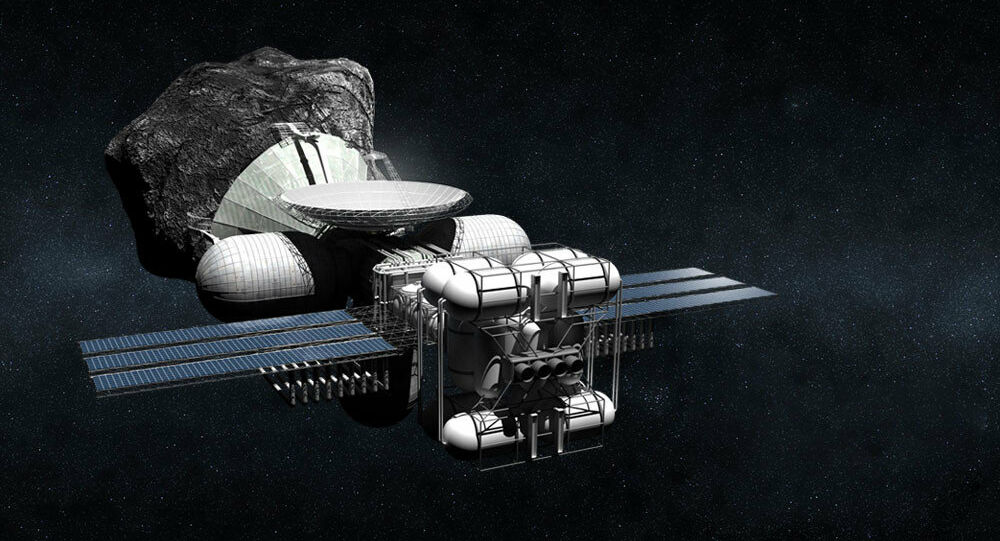
Think of it, commercial space ventures are just now starting to really get going, in 6-10 years they may be ready to try something beyond Low Earth Orbit (LOE), way beyond. Now of course since 16 Psyche is so far away the first miners to the asteroid will all be robots but still it just might happen that 10 years from now asteroid mining becomes a real possibility.
